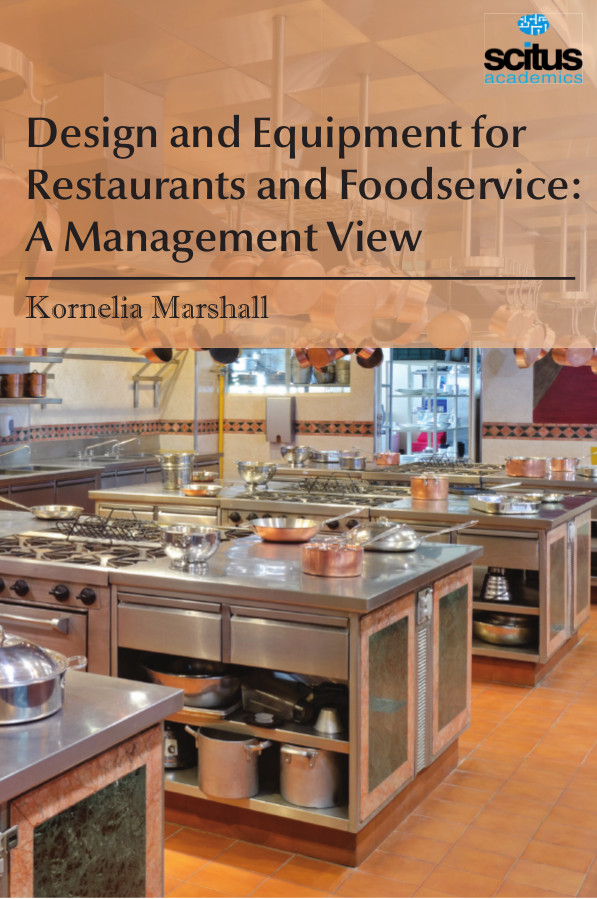The food service industry encompasses any establishment that serves food to people outside their home. This includes restaurants, carryout operations, cafeterias, university dining halls, catering and vending companies, hotels and inns, and rehab and retirement centers. The foodservice industry is divided into two segments. The commercial segment makes up 80 percent of the industry and includes operations in restaurants, catering and banquets, retail, stadium, airlines, and cruise ships. The noncommercial segment includes schools and universities, the military, health care, business and industry, and clubs. Food service is a large industry which deals with the preparation and service of food outside the home. Catering a wedding, establishing a restaurant, and running a cafeteria are all forms of this service. A number of goods and services fall under the umbrella of food service, such as companies which transport food and related products like kitchen equipment, silverware, and so forth. Restaurateurs, waiters, bussers, chefs, and dietitians are some examples of people who work in the food service industry, along with people like architects who design facilities where food is made and served, company representatives who travel the road selling products related to the service and sale of food, and consultants who help people coordinate events at which food will be served. This book entitled Design and Equipment for Restaurants and Foodservice: A Management View offers the most comprehensive and updated coverage of the latest equipment and design trends to help students acquire the knowledge they need to go into the industry. The book emphasizes on how to plan, design, and purchase equipment for a restaurant, or foodservice facility.













